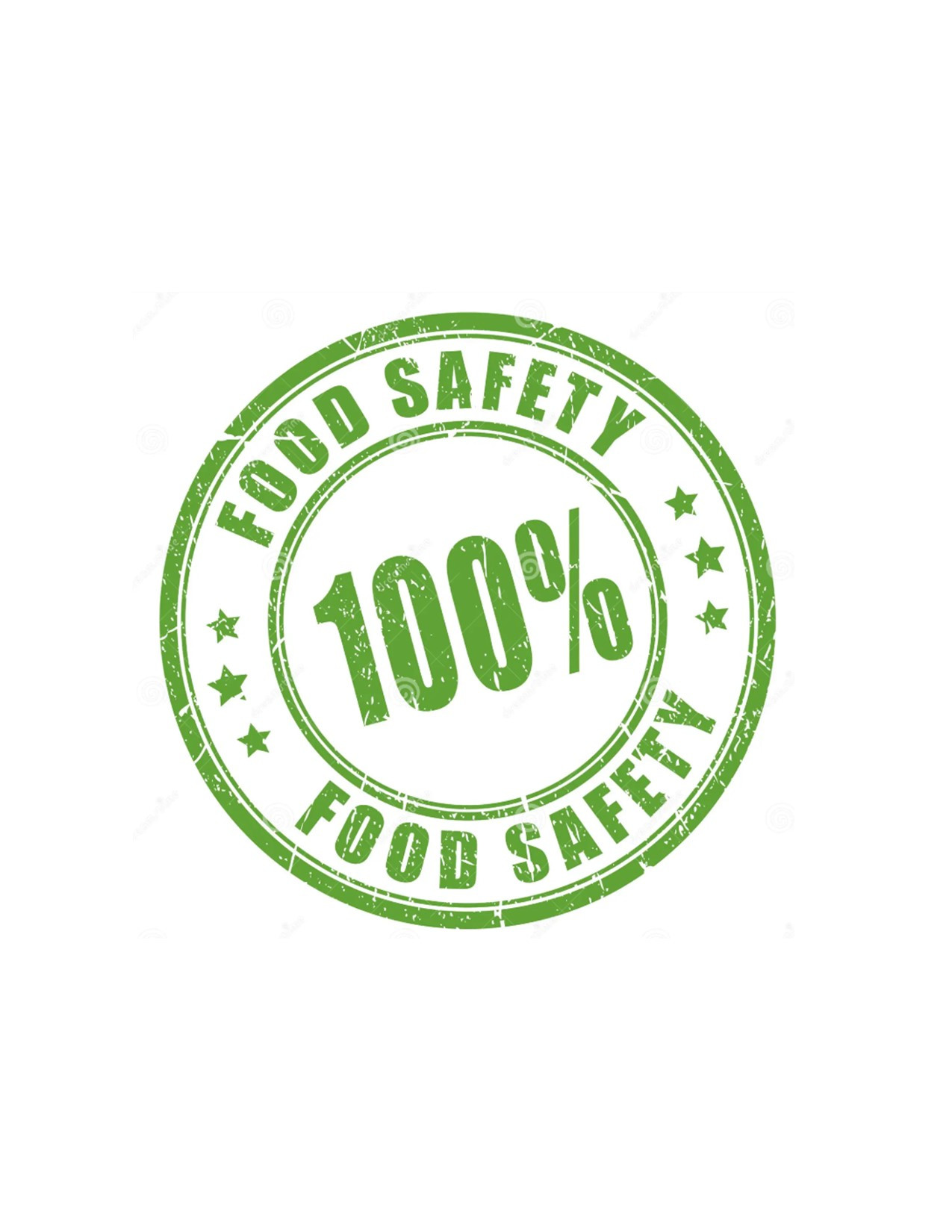
This module is designed to enable students to understand the broad nature of entrepreneurship. Students will develop an understanding of the formal venture planning process and will create a venture plan. The module equips the students with an understanding of factors influencing business set up, establishment and running of businesses in various sectors and environments with an aim to enable the learners to develop an entrepreneurial mindset and be capable of practically setting up and running an enterprise.
- Teacher: MUHOZA O. Reginald

Introduction
Food safety and nutrition are refer to preventing foodborne illnesses and maintaining good health.
Food safety
Food safety is the practice of handling, preparing, and storing food to prevent foodborne illnesses.
Food safety refers to the ability of a food service business to supply “safe” and suitable food to its customers.
Food nutrition
Food nutrition refers to the study of the nutrients found in food, how our bodies digest and utilize them, and the impact of dietary choices on our health; essentially, it's the science of understanding how the food we eat provides the essential components needed for optimal bodily function, including energy, growth, and repair.
Importance
Food safety is important because it can help prevent severe health hazards, including food poisoning.
How Food Becomes Unsafe
|
Time-Temperature Abuse |
|
|
Cross contamination |
|
|
Poor Personal Hygiene
|
|
|
|
Cost of Poor Food Safety

Food Safety Terminology
Clean: free of visible soil
Sanitize: reduce the number of micro-organisms to a safe level using heat or chemicals.
Contamination: the presence of harmful substance in food
Spoilage: damage to the edible quality of food.
High Risk Foods: foods that allow the rapid growth of bacteria.
◦ There are several physical and environmental characteristics that will make a food potentially hazardous.
Température Danger Zone.
◦ Temperature range where bacteria can grow and reproduce rapidly (between 40°F and 140°F or between +6°C and 63°C ) High risk foods should be kept at temperatures below +5°C or above 65°C
Food-borne Illness or Disease.
◦ This is an illness or a disease that can be transmitted from a contaminated source to a person through the consumption of infected food.
Cross-contamination
◦ This is the transfer of harmful substance from one food to another by direct or indirect contact.
Direct cross-contamination
◦ involves the transfer of harmful agent from raw foods to cooked foods or ready-to-eat foods.
example of direct contact: blood from thawing ground beef dripping into fresh produce stored on a shelf below
Indirect cross-contamination- involves the transfer of a harmful agent to foods by hands, utensils, or equipments
◦ example of indirect contact: raw chicken prepared with a knife and cutting board that are not cleaned and sanitized after use
Learning Objectives
At the end of this module, participants will be able to:
Ø Identify food safety principles
Ø Maintain personal hygiene
Ø Prevent food poisoning and food contamination at workplace
Ø Identify and prevent workplace hazards.
Ø Apply Food preservation and storage techniques
Ø Maintain food nutrition and prevent malnutrition
- Teacher: HAKUNDWUMUKIZA Henry

Housekeeping department is a critical part of any hotel industry. Strict cleanliness is an expected standard that has to be met. However, a housekeeper's duty is more than that and includes checking on appliances, bringing items to guests as they need them and making sure guests are comfortable. In hotels, the major part of revenue comes from the rooms, so housekeeping is a top concern. This module describes the skills and knowledge required to clean and use the appropriate equipment following the techniques depending on which surface is being cleaned it also describes the skills and knowledge required to clean and prepare rooms including bedrooms, bathrooms, public areas and laundry for guests in an accommodation establishment. It requires the ability to set up cleaning equipment, cleaning agents, guest room supplies and room linens on room maid trolleys and to clean safely guest rooms using resources efficiently to reduce negative environmental impacts. Also this module describes the skills and knowledge required to use laundry equipment, tools and materials according to the requirements of the industry, the laundry techniques are also acquired by the learner. Finally the learner learns how to participate in environmentally sustainable work practices
- Teacher: GASASIRA Vianney




